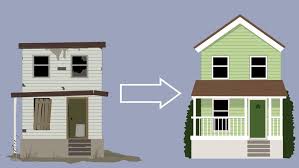 Perhaps you sold a small commercial building, and you carried back a commercial loan; or perhaps you bought a run-down house, renovated it, and sold the house to a couple who had lost their home during the Great Recession. Their poor credit is why you had to carry back a first mortgage or a contract of sale.
Perhaps you sold a small commercial building, and you carried back a commercial loan; or perhaps you bought a run-down house, renovated it, and sold the house to a couple who had lost their home during the Great Recession. Their poor credit is why you had to carry back a first mortgage or a contract of sale.
These private first mortgages and contracts of sale can be a wonderful source of wealth and cash flow. Let's suppose you own a first mortgage note or a contract of sale. How much is your note or contract of sale worth?
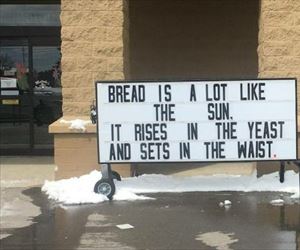
First of all, is your contract of sale worth less than a regular first mortgage? Naw. The buyers of discounted notes are pretty sophisticated investors, and they are far more concerned about about the interest rate, the monthly payments, and the term of the note they are buying. From a practical point of view, there is little difference between a mortgage and a contract of sale, assuming we are in a mortgage state. (Trust deed foreclosures are much faster.)
One of the first things that a note buyer is going to want to see is the closing statement. What was the purchase price of the property? How much did the buyer put down? Obviously, the smaller the downpayment, the less the note is worth; however, if the note is several years old and the borrower has demonstrated a good payment history; i.e., the note is seasoned; the real estate recovery since the Great Recession may have created enough protective equity to satisfy the note buyer.
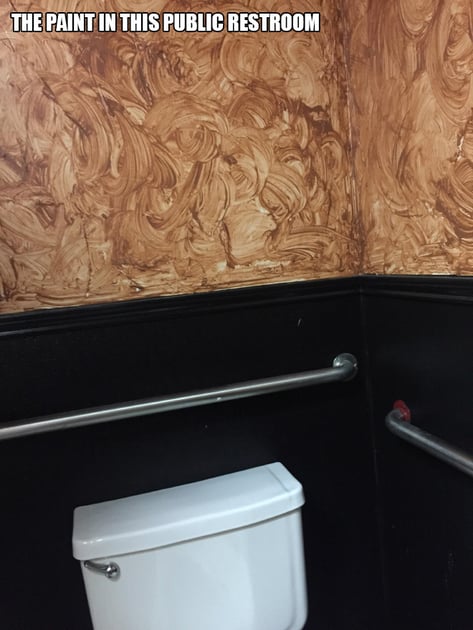
Now let's talk about how the terms of your note affect its value. Obviously, the higher the interest rate on your note, the more valuable it is (within reason). Would a note buyer actually pay a premium for a high-yield first mortgage note? A premium is paid when a note or a bond has a higher-than-market interest rate, and the buyer pays more than the face value of the note or mortgage.
Example:
Smart Sammy bought a foreclosure during the Great Recession, and he fixed up the home very nicely. Bonnie Buyer and her husband, Dave, looked at the property, and Smart Sammy noticed that Bonnie, an attractive woman whom Dave obviously adored, was clearly in love with the property.
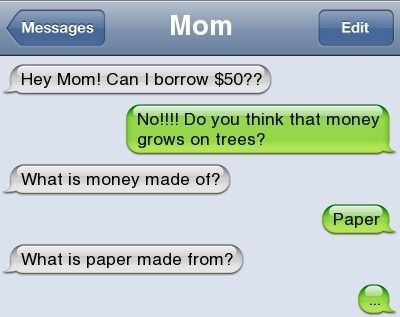
Dave then confided to Sammy that he and Bonnie had lost their home in foreclosure during the Great Recession. They therefore could not qualify for a conventional mortgage. Would he, Sammy, carry back the first mortgage?
Now Sammy loved notes, and he would ordinarily carry them back at 11%; but Smart Sammy was convinced the pretty Bonnie desperately want this home, and Dave could never deny her. "Yeah, I'll carry back a first mortgage for 85% of the purchase price, but because of the extra risk, I want a 14% interest rate." The Buyers jumped at the offer.

Later Smart Sammy needed cash, and the ideal note to sell was his $100,000 first mortgage at 14%. Indira Investor, a note buyer, showed herself too willing, so Smart Sammy said, "Gee, Mrs. Investor, I hate to part with it. After all, its yielding a whopping 14%. Where else can you earn 14%. I'll tell you what. I'll sell you this $100,000 note for $105,000 - a $5,000 premium - because the note rate is so much higher than the market."
Indira Investor thinks to herself, "Hmmm, I'll earn an extra $3,000 per year in interest, and in a little longer than a year-and-half I will have recouped my $5,000 premium. After that, I'm golden." "Okay, Sammy, I'll buy your $100,000 note for $105,000."
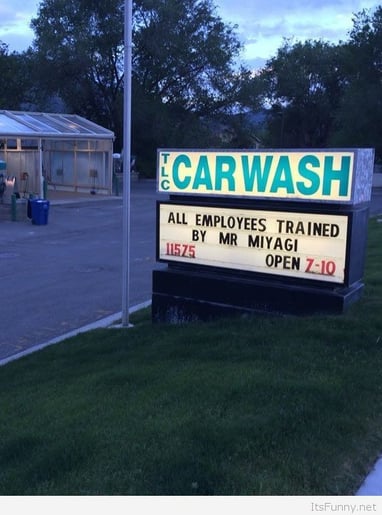
Six months later, a clever mortgage broker (named Sammy) took his former buyers to a subprime mortgage company and got them a new mortgage at 7.5%, making himself a cool $2,000 loan fee.
Indira Investor was horrified, but there was nothing she could do. She had paid a $5,000 premium and only recouped an extra $1,500 in interest during the six months that she owned the note. Arghhh!

Where did Indira Investor make her mistake? She should not have paid a premium if the loan lacked a prepayment penalty!
Note: One of the largest loans that C-Loans.com closed over the past two years was a USDA Business & Industries loan, kinda like an SBA loan but for lowly-populated areas. The government recognized that it needed to bring jobs to the Boonies.
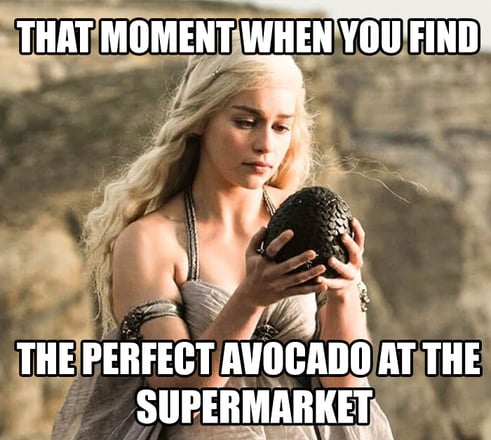
But the single most important reason of all to use C-Loans.com is when you are looking for an SBA lender. Remember, a SBA lender must put at risk a ton of their own capital, even though most of the loan is guaranteed. Different banks on different SBA loan requests see the risk differently. Forty banks can turn down a particular SBA loan request - only to have the 41st bank approve the loan! Got an SBA loan request? Think of C-Loans.com first.
Blackburne & Sons will buy your discounted notes!


















 My commercial loan, hard money lending company,
My commercial loan, hard money lending company, 
